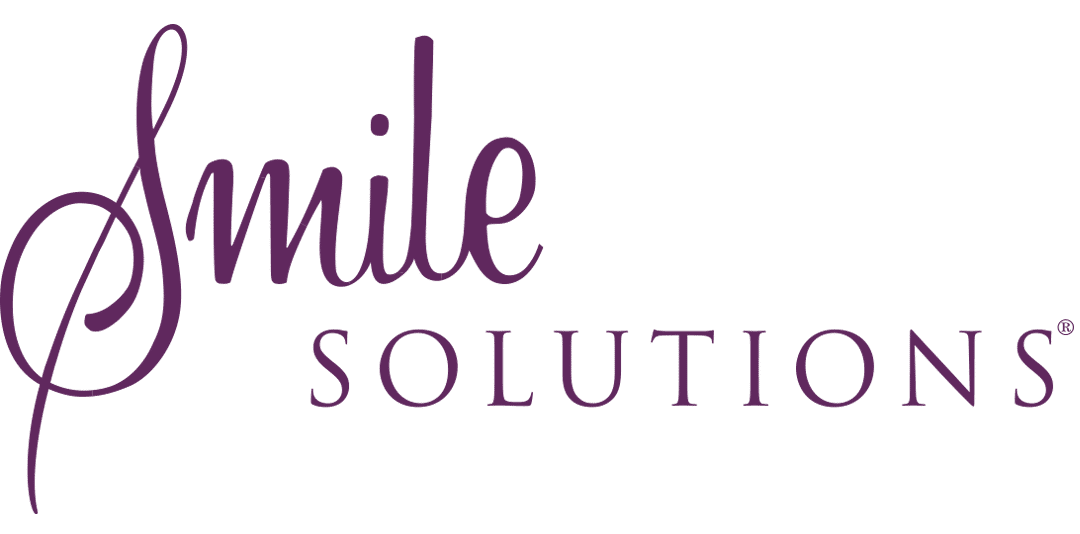Dental X-rays are an essential part of dental practice and are performed by dentists if deemed appropriate. They are necessary for the diagnosis and treatment planning of dental disease and conditions, as many cannot be accurately assessed by visual examination only. For example, X-rays are required to determine any areas of decay in-between the teeth, the amount of alveolar bone present and any suspicious lesions in the jaw or tooth. The most common types of dental X-rays are bitewing radiographs, intraoral periapical radiographs and an orthopantomogram (OPG).
There is a known link between the exposed levels of radiation and its increased cancer risk. It is therefore understandable to question if dental x-rays pose a risk to our health.

Fortunately, due to the development of digital techniques, the radiation dose of dental X-rays has been significantly reduced over time. In fact, dental X-rays expose patients to a relatively low dose of radiation.
Research suggests that there is a threshold level for radiation, and provided you stay underneath that level, all x-rays are safe. According to the Australian Government, those who work with radiation can be exposed to a maximum yearly dose of 50.0 mSv.
A single digital x-ray has a dose of only 0.02 mSv, making it safe to say that you can have many of these per year, whilst remaining under the limit.
The infographic shows the radiation exposure from dental X-rays compared with other sources of exposure in everyday life.

